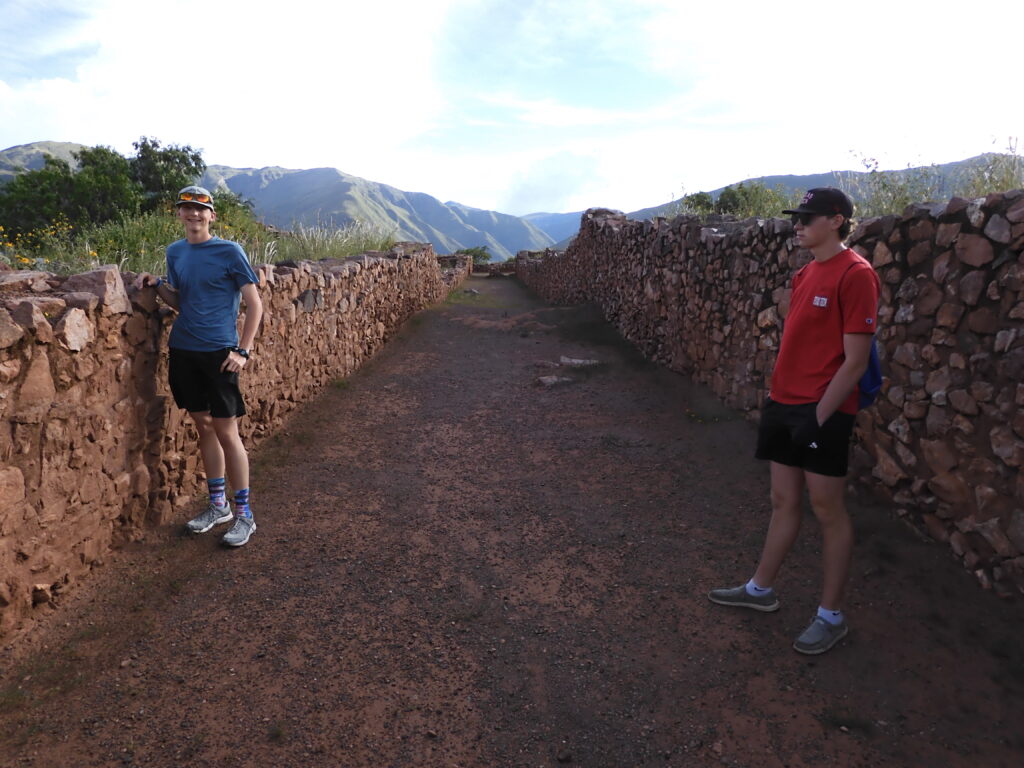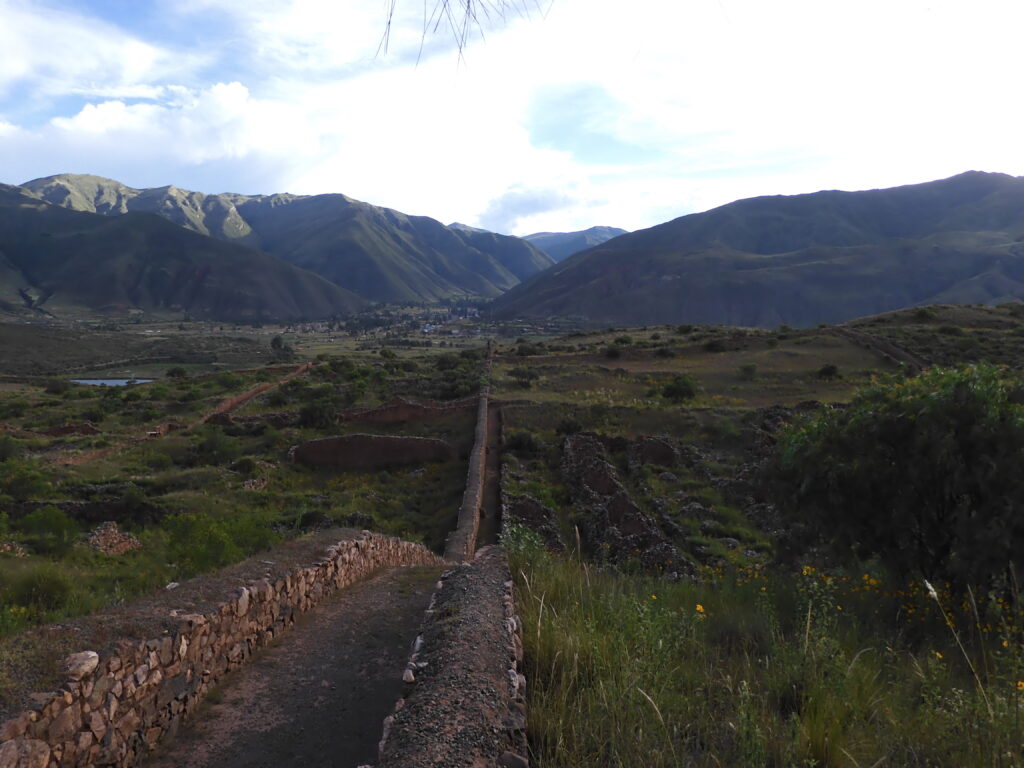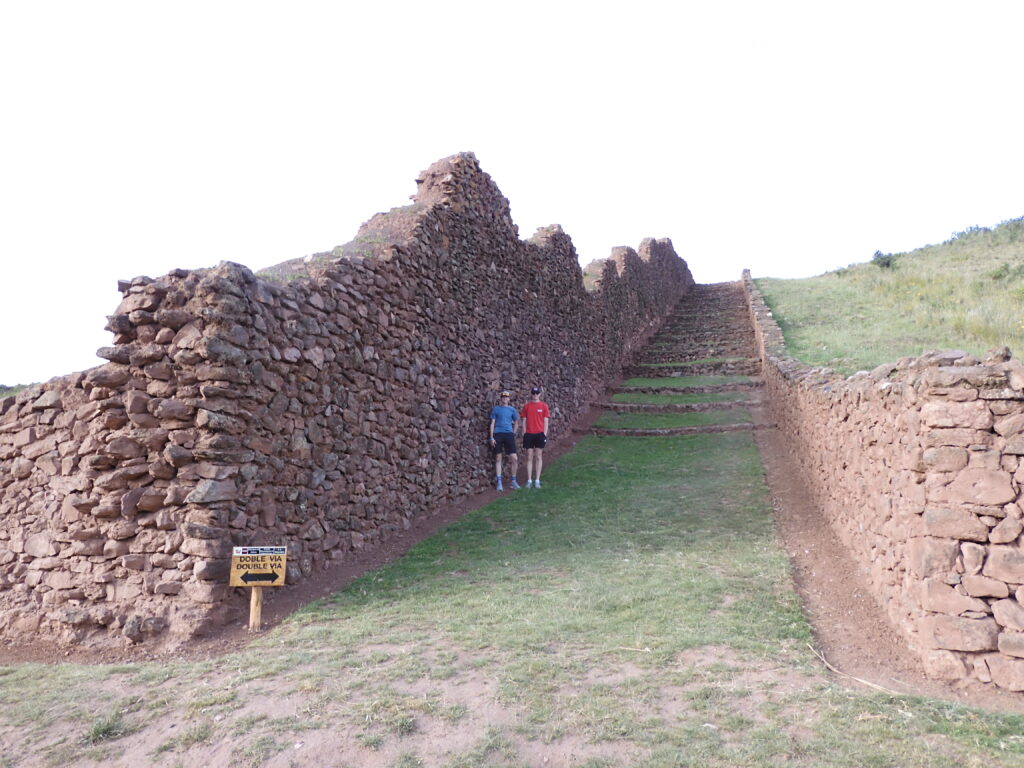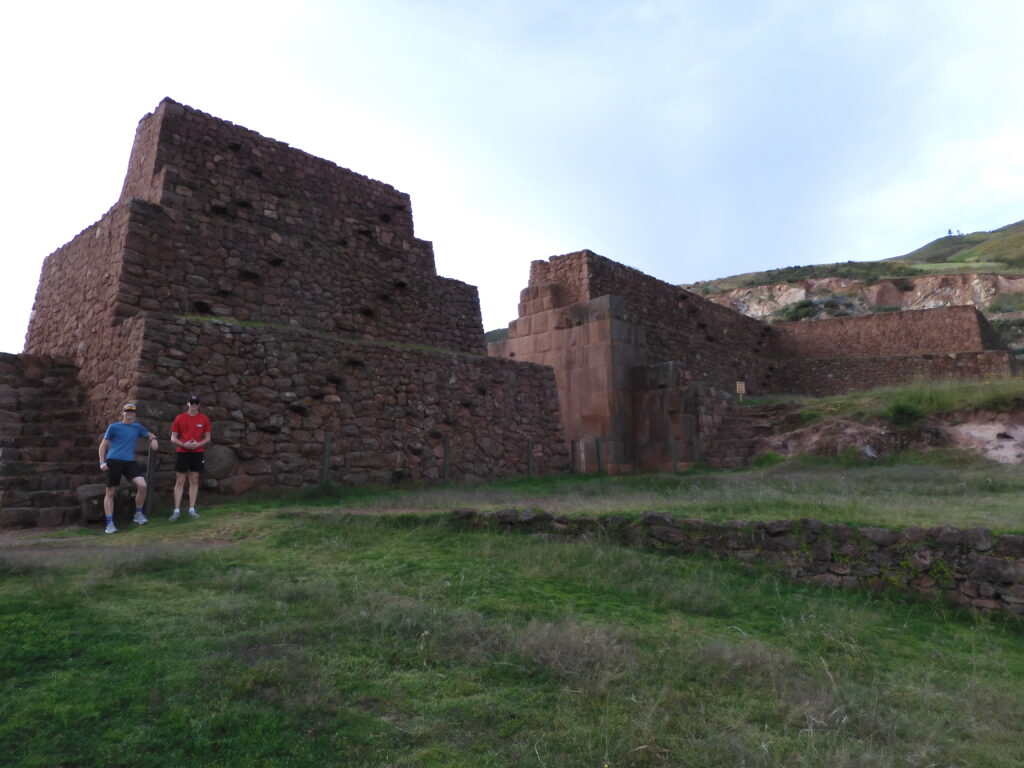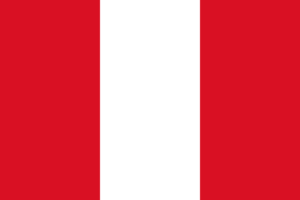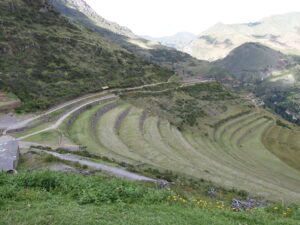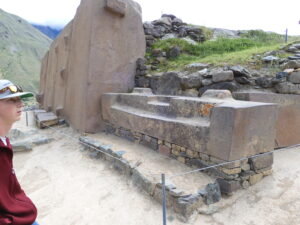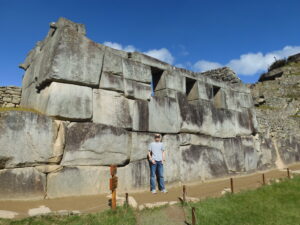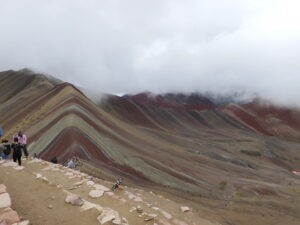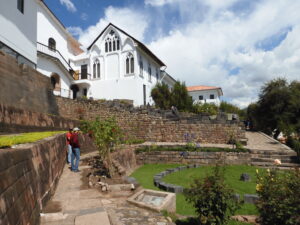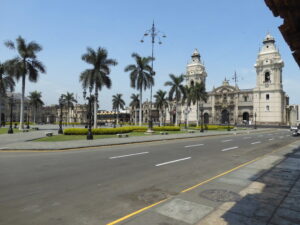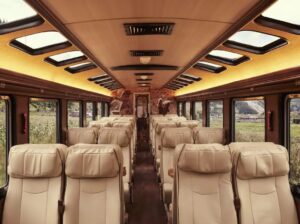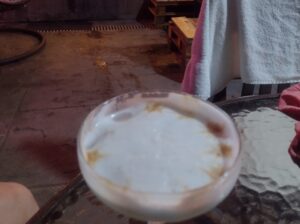Tipon & Pikillaqta
Between Big Days: Buses, Hikes, Ubers & Misaligned Rest Schedules
My dad is 73 years old. He is married someone who has a special aversion to germs and believes anything south of the Rio Grande is one giant Cartel Zone. Dad has had all of his hips and knees replaced, some of them more than once. He can’t pass airport metal detectors without causing a spectacle. I jokingly remind my dad sometimes that after Chastity Bono had a substantially fewer parts replaced, people began calling her “Chaz.” Dad doesn’t like that joke. Despite dad putting in significant effort to build his strength and stamina prior to our departure, there was a significant difference in our physical condition. The mountain climbing and site hikes we had done at Machu Pichhu may not have been the Salkantay Trek, but they would have been a long day for anyone, let alone a 73 year old with multiple joint replacements. I did not expect any of my travel companions to join me early the next day, especially not dad. I guessed the boys would sleep for a good part of the day. Perhaps my dad would spend the day lounging about the cabin. We had discussed this possibility the night before, so I arose early and set out on my own. Because dad was never really fully accepting of the accommodations commonly found in Peru, I do not think he felt comfortable hanging around the room for long stretches. Because of that, I would see him again sooner rather than later.
I am an early riser. I feel especially compelled not to sleep away precious hours at a distant, exotic location. There were more ruins to see. A short search indicated I could catch a local bus in the square a few hundred yards away and ride out to Tipon for about S./3. Of the local transportation options, dad preferred Uber. For the forty-five minute ride out to Tipon an Uber would run about $50, and only save 10-15 minutes. As small as most Ubers in Peru are, dad felt more comfortable on them than on Peruvian public transport. As for me, I was completely willing to sacrifice the extra 10 minutes and ride with the locals to save $49.30. Since I was on my own, that’s what I did. The bus only went as far as the town square in the village of Tipon, not the archaeological site. Previous travelers had taken taxis from the square to ascend the final 2 miles up to the ruins. They must not have arrived as early as I did. There were no taxis. After a fruitless thirty minute search for a taxi, I began the steep ascent at a slow pace, so as not to work up a sweat, passing quaint farms and hectoring Chihuahuas as I went. Dad woke up while I was climbing the mountain and asked where I had gone. I told him. He Ubered to the Tipon ruins and we arrived at the parking lot at about the same time.
Tipon is another agricultural site. It is home to the most complete set of extant Inca aqueducts, which divert water from the Pukara River for irrigation. The stone work is precise and beautiful, and the site has a peaceful, bucolic aura. We strolled around the farmed portion as a work crew mowed the entire area – some 120 acres – with weed whackers. In addition to the agricultural facility and aqueducts, Tipon has a several-mile-long defensive wall, a link to the pre-Columbian trail system, a fortress-like structure, several pre-Inca structures that were being excavated and preserved while we visited, and picturesque vistas of the valley below. The main site is relatively flat, but trails up the highlands behind offer opportunities for a much more rigorous excursion. I consider this site worthy of a two to four hour visit. (Continued)
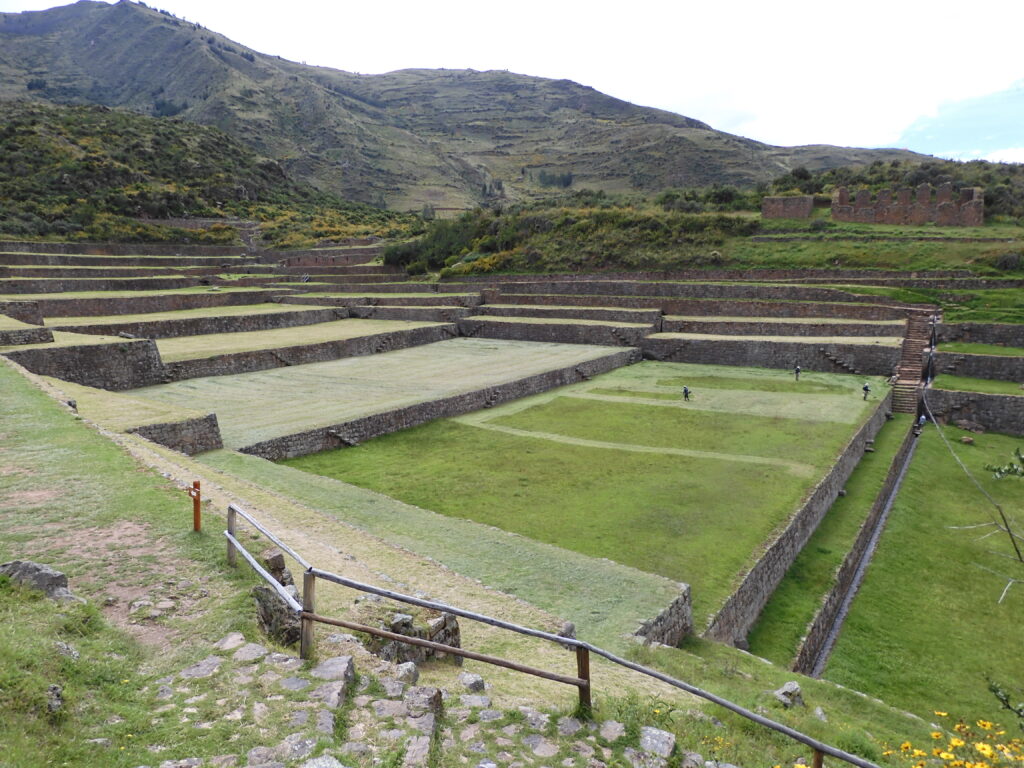
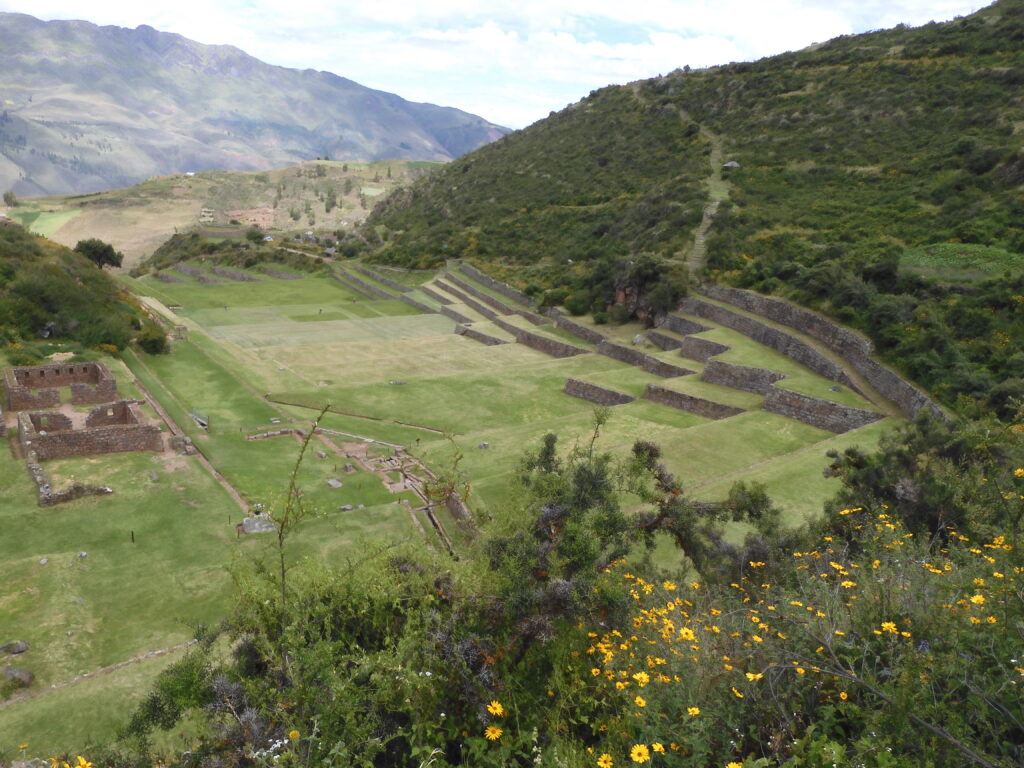
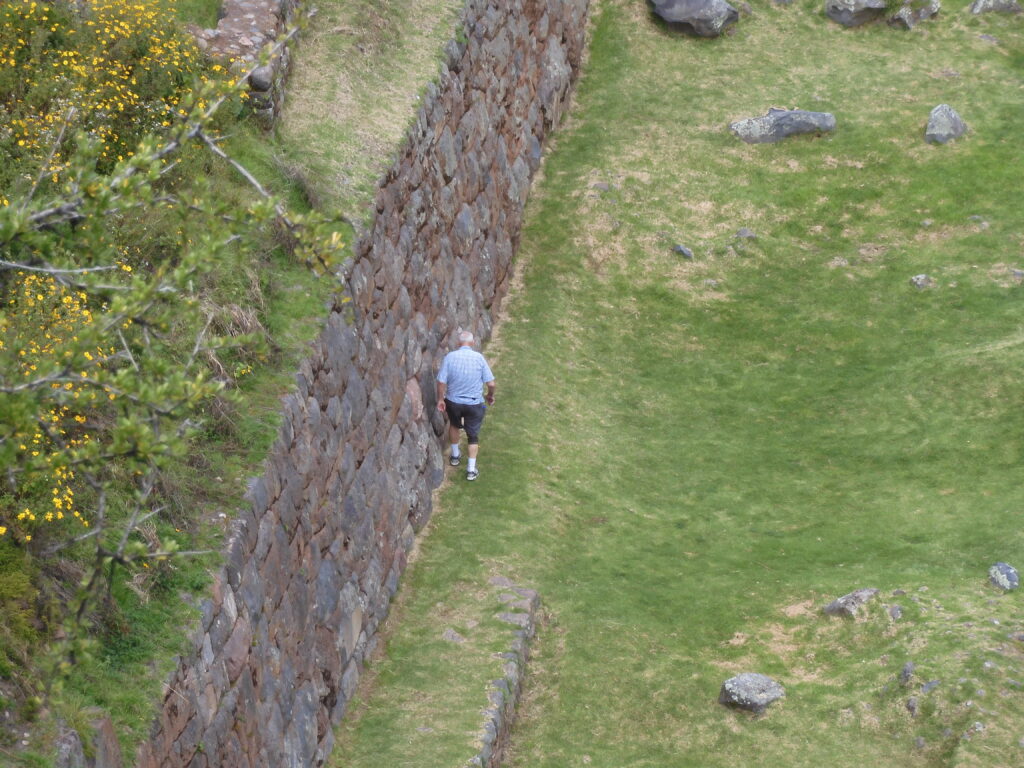
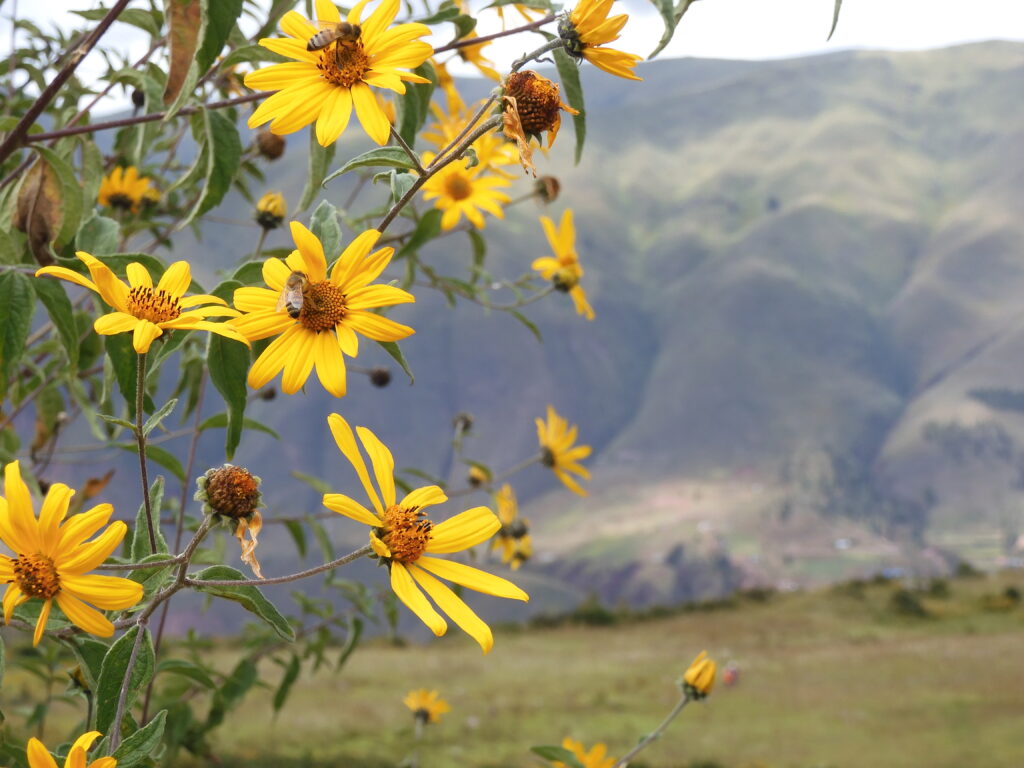
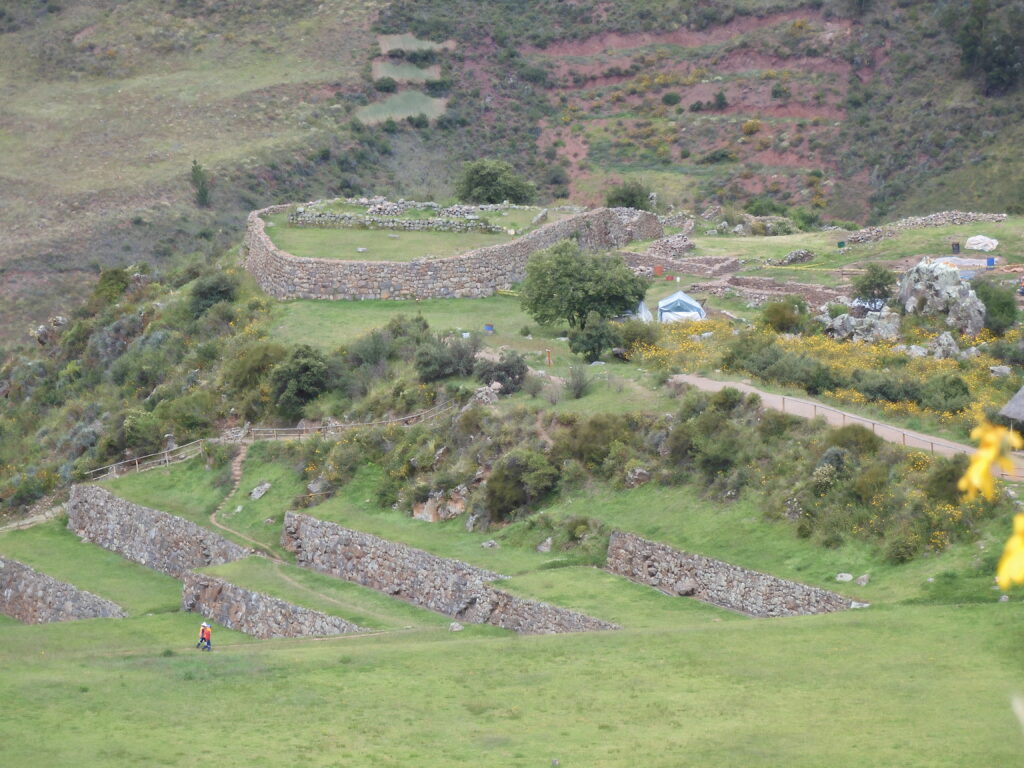
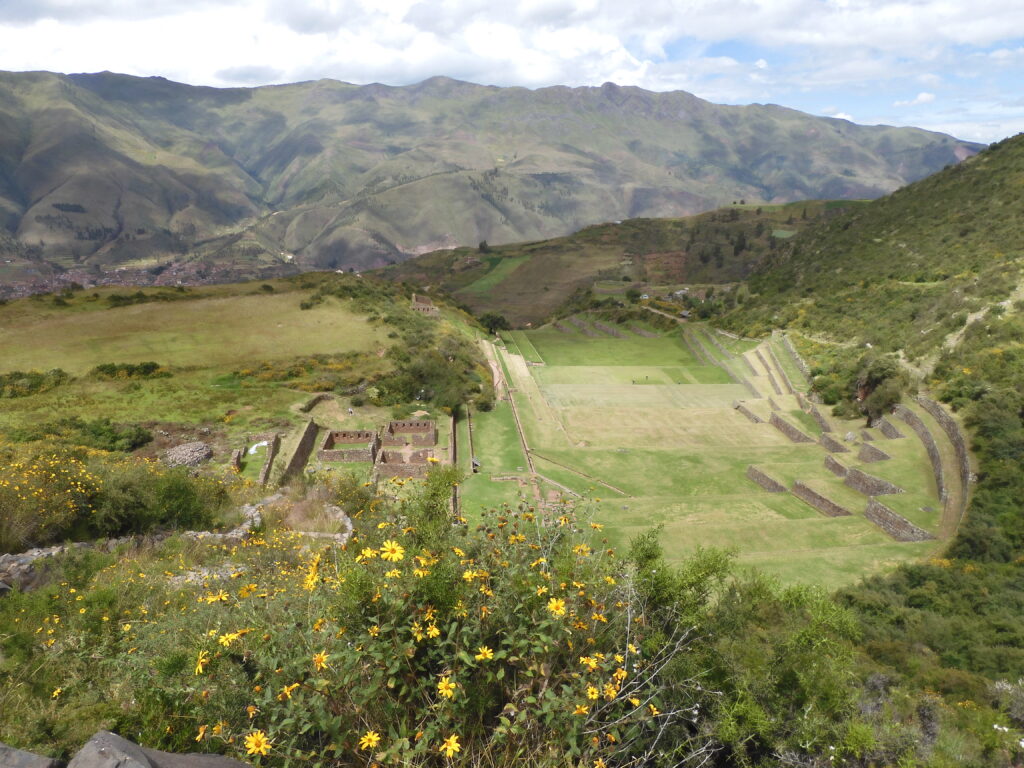




I was eager to try some food from outside tourist alley down at the Plaza Mayor, and had planned to eat at a local mom-and-pop diner in Tipon village, then head out to another pre-Incan ruin down the road from Tipon called Pikillaqta. Dad, probably not wanting to risk eating anything outside the already verified local eateries, diplomatically suggested we rejoin the boys for lunch. I joined dad in his Uber, and we rode back to Cusco for a family meal.
Dad had remained on the flat, farmed area at Tipon, but hiking the site had expended his energy for the day. The boys had not been up all that long, and so were game for further adventures. The extra travel and late lunch put us late enough in the day we had to take another Uber back out to Pikillaqta, or it would have closed before we arrived. The boys joined me on this trek as we examined a very extensive Wari site, which does not seem to have been developed as much as many of the others. The terrain is level and drier near Pikillaqta, and the stone work is not as fine as that of Inca sites. The Wari must have had enemies, though. The walls around parts of the very extensive complex are at times well over 15’ high.
We discovered another unmonitored, uncontrolled Wari site called Rumicolca just a few hundred yards away and across the road, featuring yet another very large Wari aqueduct that had been destroyed by the Inca, then rebuilt at a later date. This was an impressive elevated water delivery system, that showed layered development in the type of stone construction used. Some of this was clearly post-Wari.
By the time we finished exploring Rumicolca, a very modest sized site, the sun was about to set. This process happens more quickly near the equator, as the sun’s angle at it slides below the horizon is much more perpendicular than at higher latitudes. There would be no way to get an Uber or taxi at this remote location, and I did not want to be standing alongside the road in the dark, flagging down a ride. We made our way back to the two-lane highway in the fading daylight and awaited a bus. There was no bus stop here, of course. But the modus operendi for all buses in Peru is to stop anytime a passenger flags them down. It wasn’t more than five or ten minutes before a large tour-style bus rounded the corner with a “Cusco” posted in huge white letters above the front window. It was full, but the drive was more than happy to take us aboard. We stood in the aisle for the first few stops and one by one took up seats as other passengers reached their en route destinations.
We arrived at Cusco well after dark to enjoy another another tourist-town dinner. Andrew and I indulged in our nightly ice cream routine. The ice cream in Peru was surprisingly tasty. We then hit the sack in anticipation of another big day of travel and hiking at Vinicunca, or the Rainbow Mountain.

